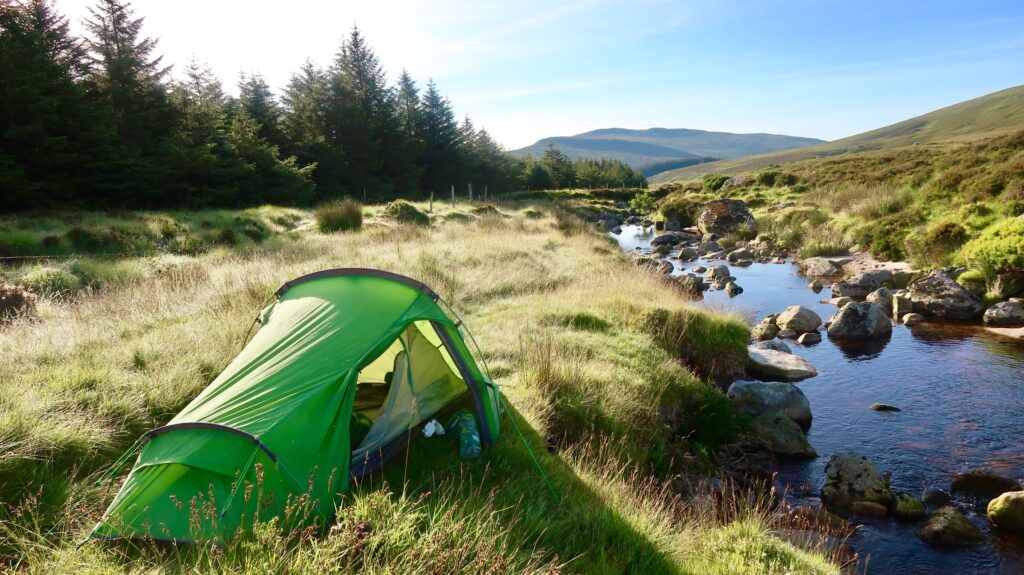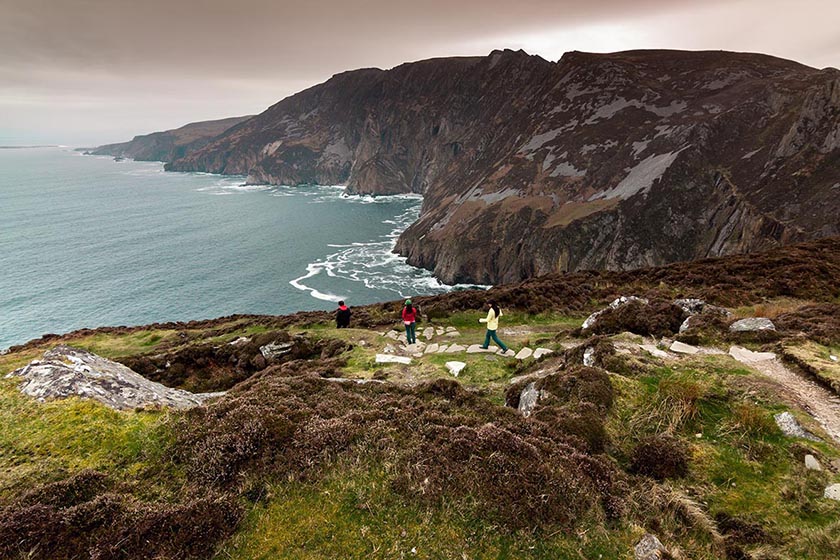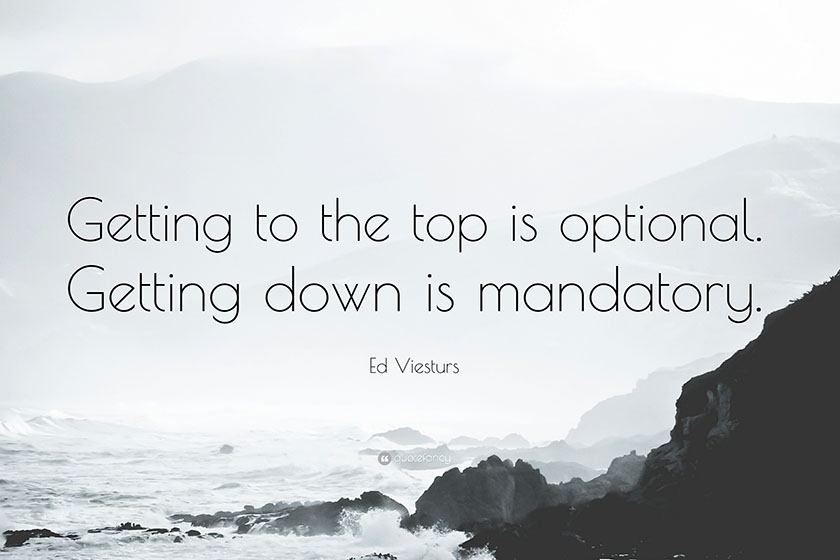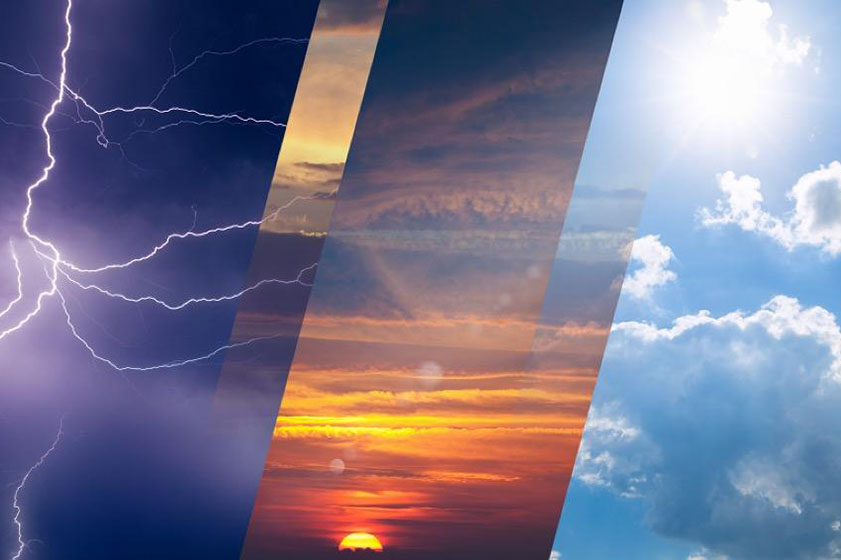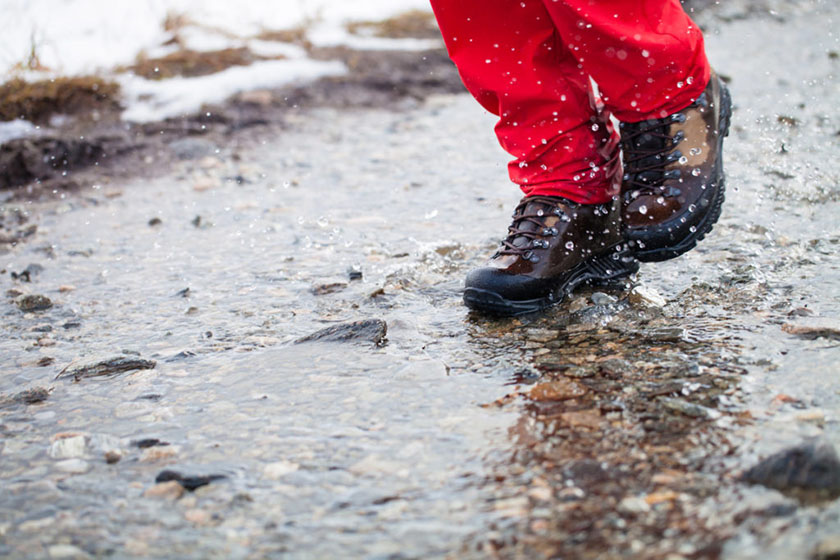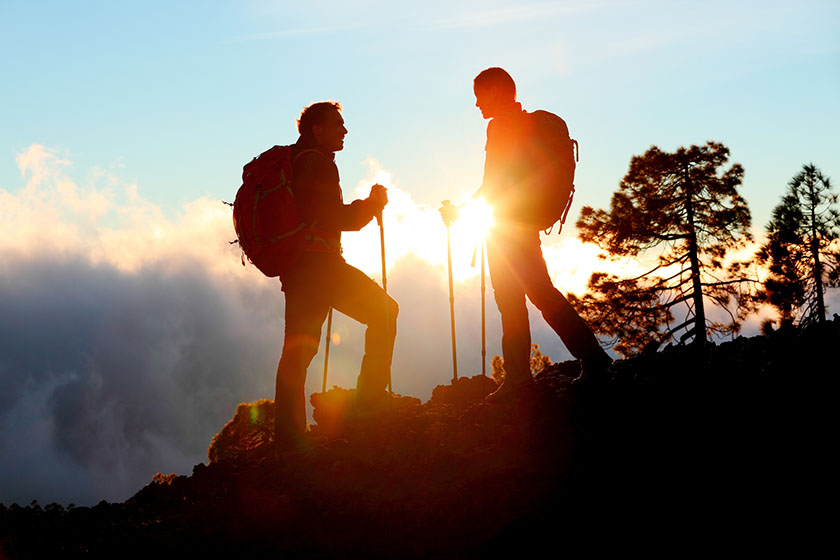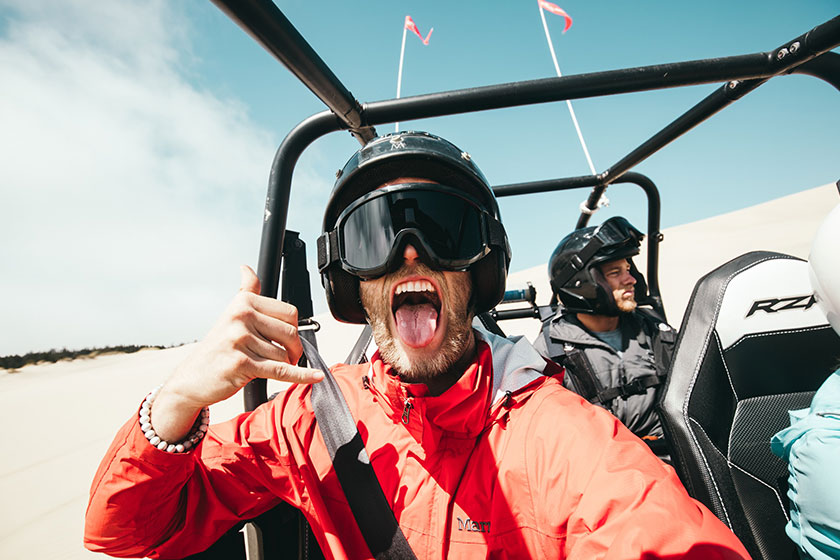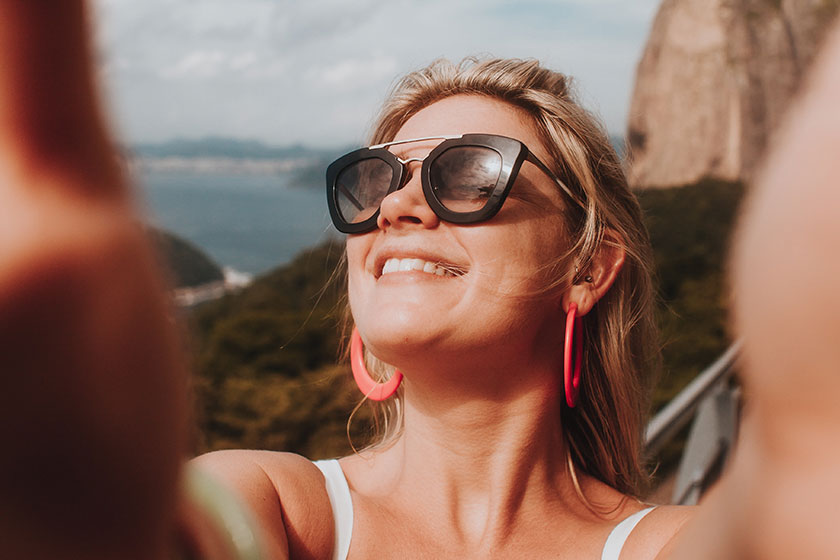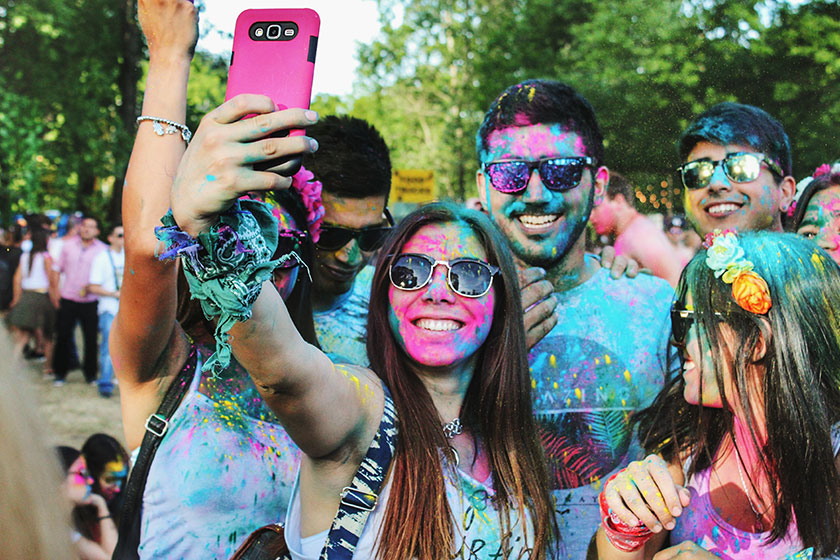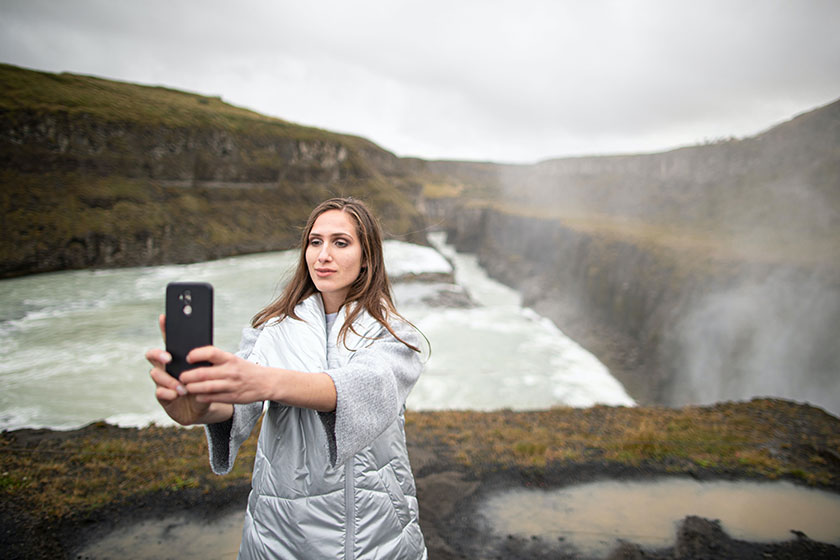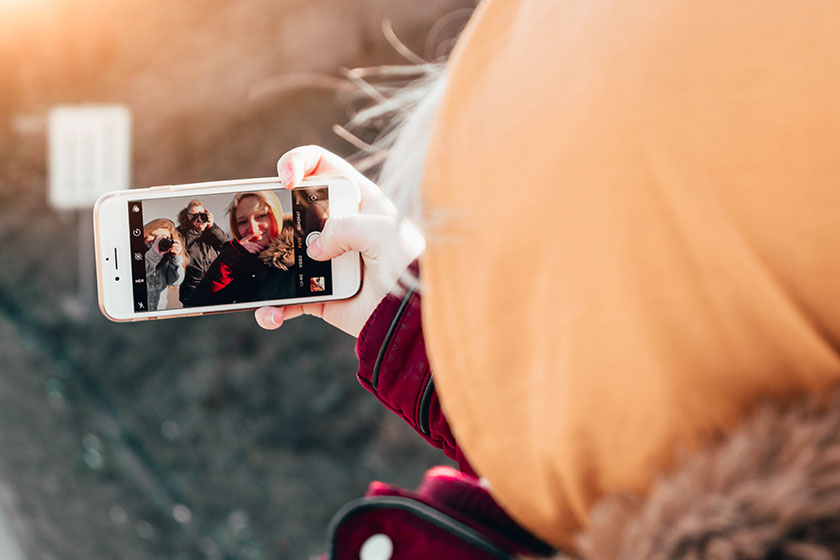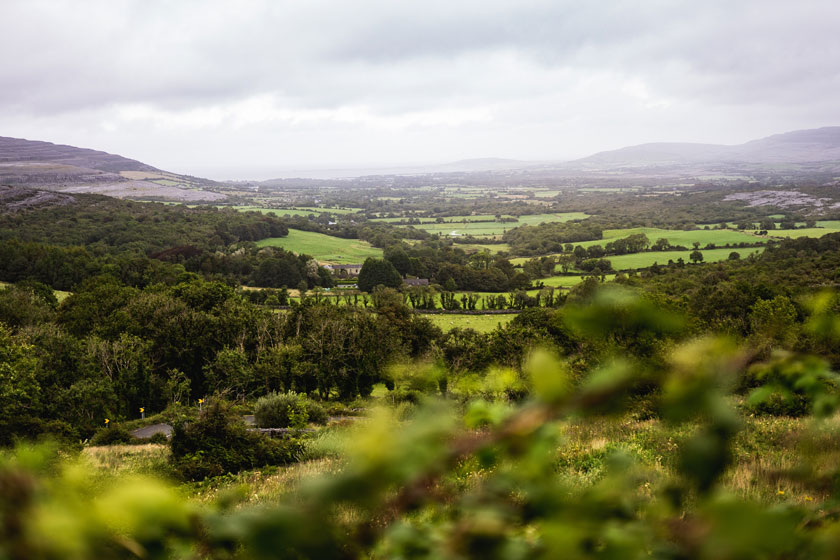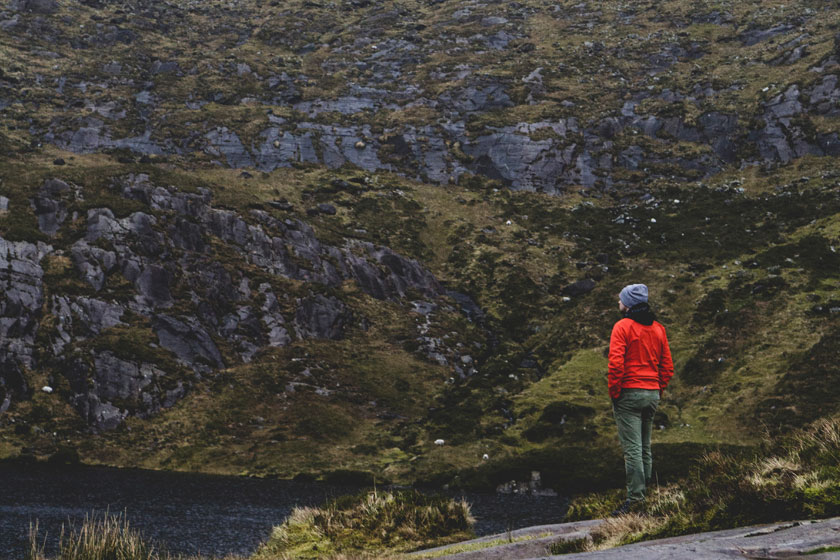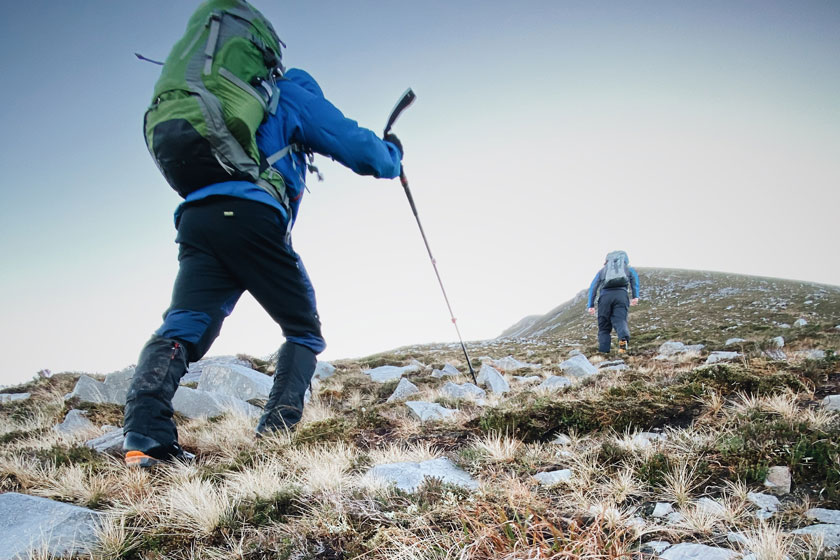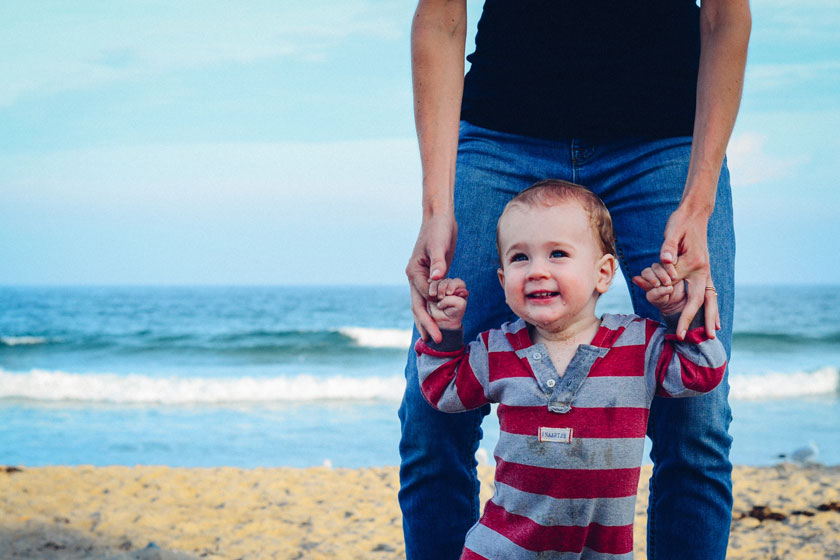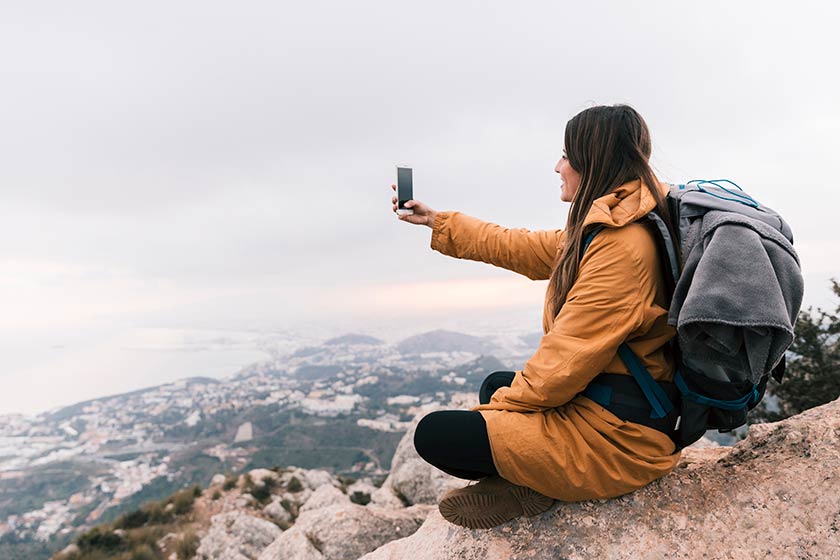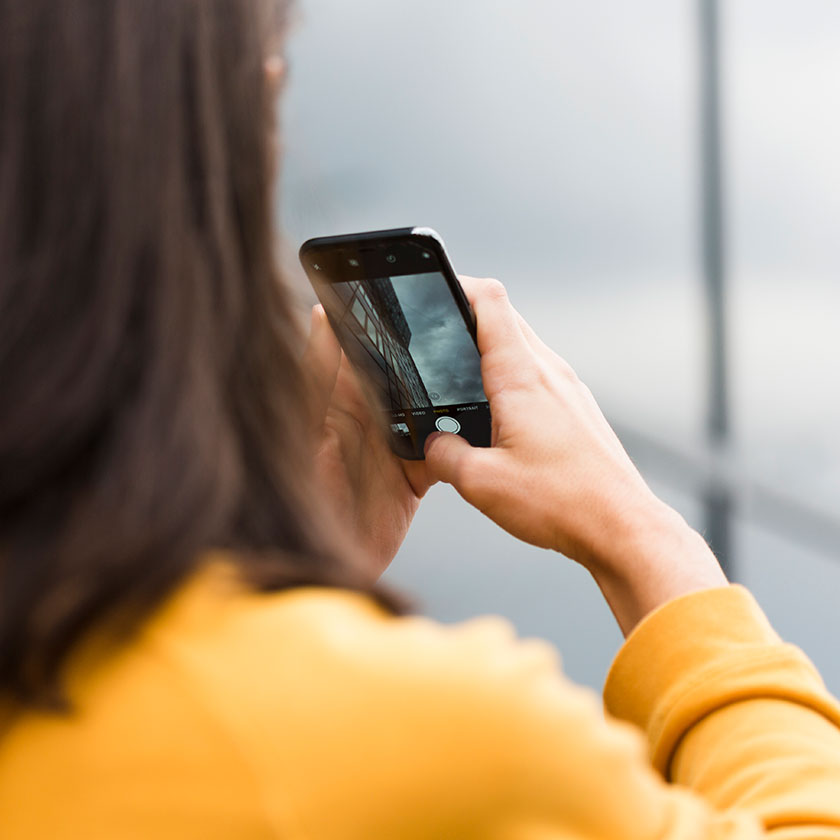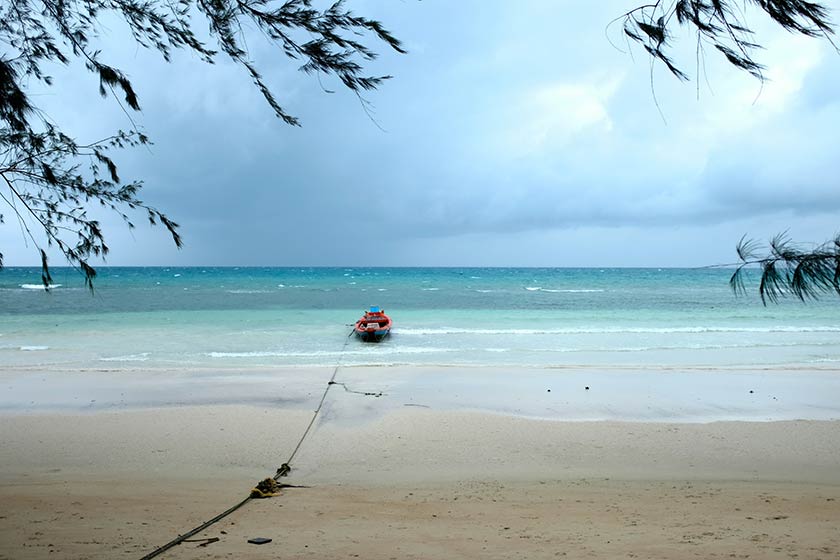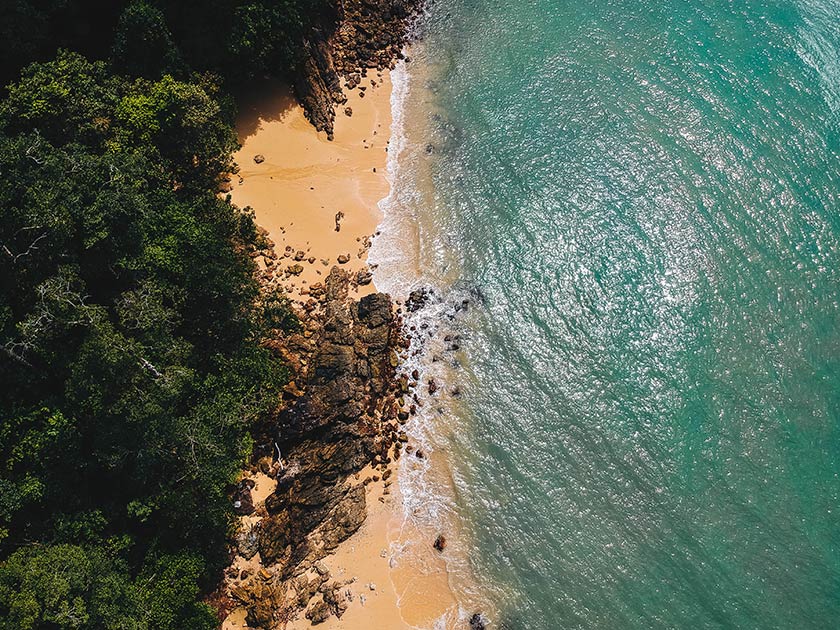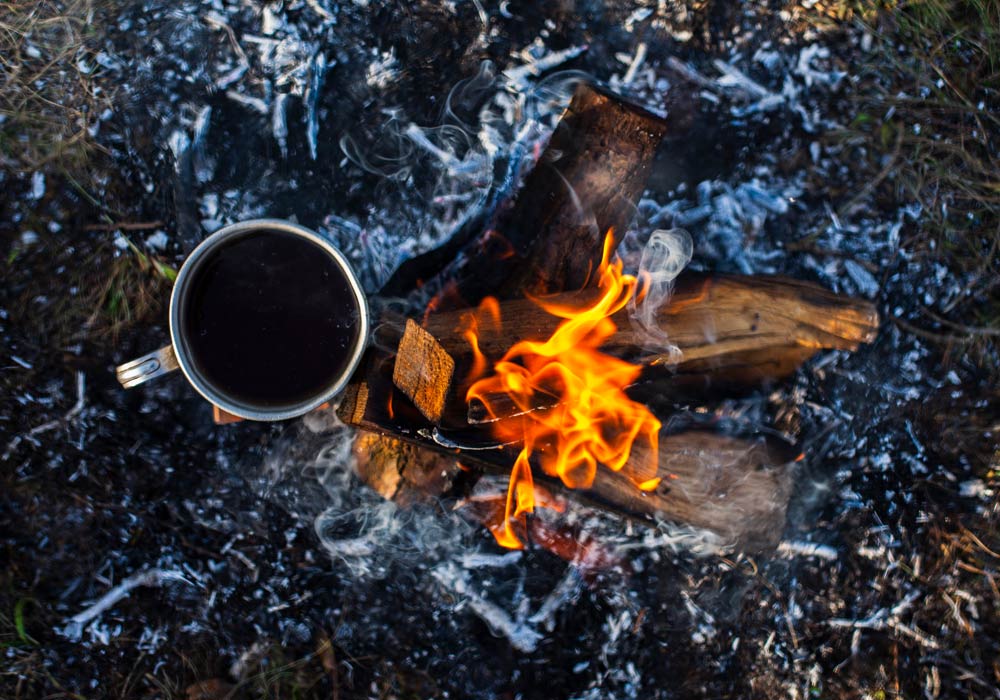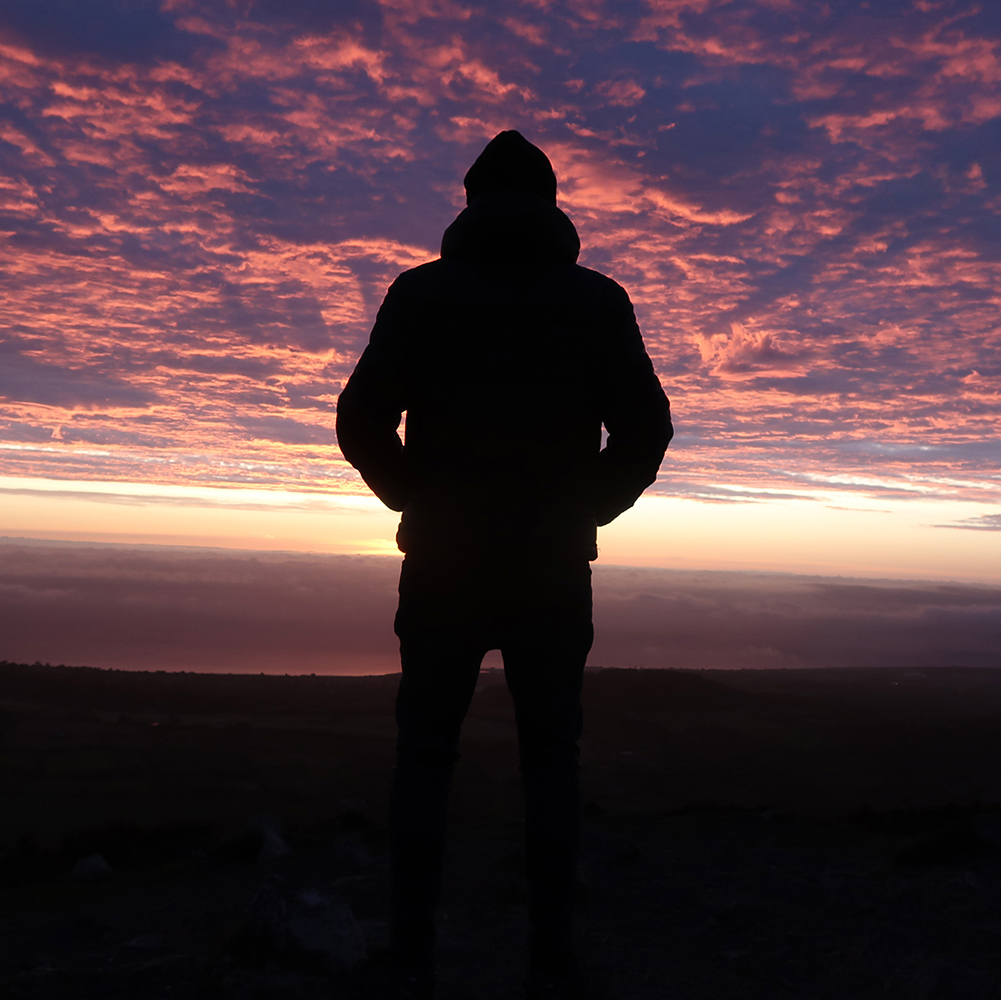
Outdoor Adventure Stores are pleased to welcome the wise, witty and honest words of Irelands’ best known Outdoor Adventurer, Derek Cullen to our blog spot. Derek tackles everything from cycling across Africa, backpacking around this Island to long distance hiking and wild camping with enthusiasm and candid good humour. Here he shares his knowledge, some hot tips and his experiences on the trail.
Wild camping in Ireland has really taken off in recent months. It’s quite a contrast to when I walked around Ireland last year when many people were asking if wild camping was safe, enjoyable or even allowed for that matter. It’s great to see because I have always tried to encourage others to try sleeping in a forest or on a nearby hilltop.
At the same time, wild camping is much different to staying at a campsite. Without facilities or any kind of “safety net”, it’s important to keep certain things in mind. Having had so many camping fails myself, I also think it’s worth taking the time to plan a bit better. –
For this reason, I’d like to share some of my wild camping “fails” and ideas that might help others have a safe and more enjoyable experience in the wild.
Skimping on the Cost of My Sleep System
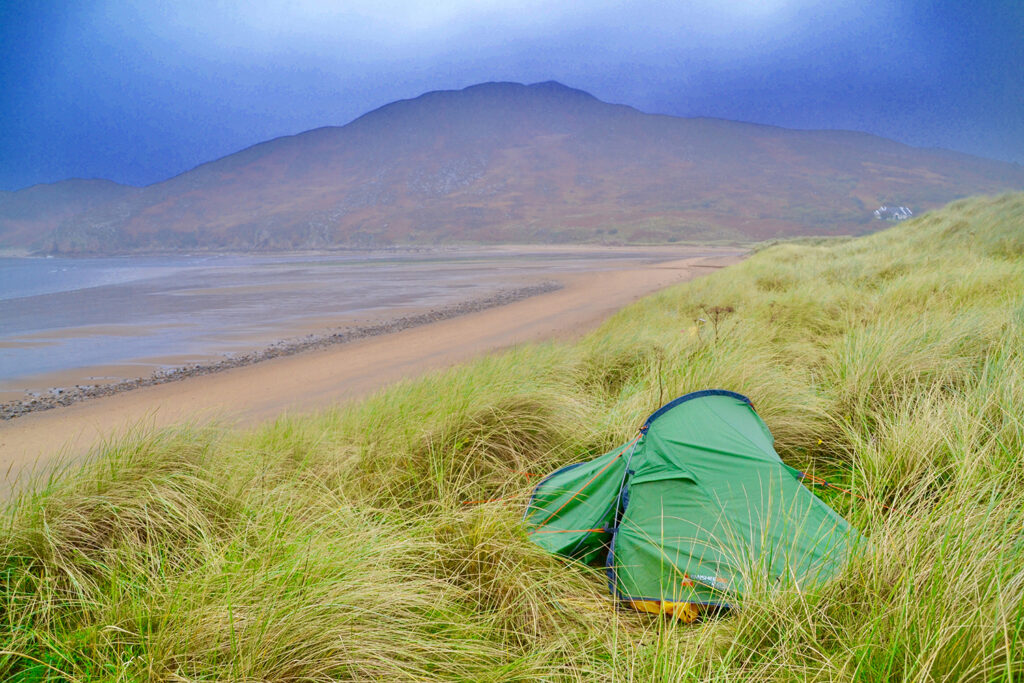
When I first took to wild camping, I spent many nights trying to keep warm and comfortable. My sleeping bag just wasn’t warm enough and my foam sleeping mat was little respite from the stones and twigs protruding into my back. While I did eventually invest in a decent sleeping bag, I went for many years with an especially thin and rather useless foam mattress.
In fact, I picked up my very first inflatable sleeping mat (Vango Trek 3 Compact Mat) earlier this year. It’s true, after eight years of wild camping, I finally realized the benefits of a comfortable sleeping mat. This also prompted me to look for a more suitable sleeping bag as my trusty North Face Kazoo was losing its warmth by the day.
I know that everyone wants to spend less but your sleep system is not the place to skimp on spending. That said, there are still some great budget sleeping bags out there for wild camping and a good nights’ sleep is worth more than the cost of a decent sleeping mat.
Takeaway – Take time to choose the right sleeping bag and invest in a proper sleeping mat.
Getting Giardiasis after Drinking Contaminated Water
I’ve taken a lot of stick online for this one and rightly so. When hiking the Pacific Crest Trail a few years ago, I got giardia – an illness that comes from drinking contaminated water. It happened because I kept on “taking a chance” and drinking straight from the rivers. Big mistake. Giardia made it near impossible to hike, and I was lucky to reach a nearby town a couple of days later in which I could recover. But did I learn my lesson? Nope.
On my walk around Ireland last year, I took this same risk while camping next to a river in Kilkenny. Next morning, after walking up the river, I happened upon a section that was filled with the feces of some nearby cows and later that day, I succumbed to giardiasis once again!
Takeaway – Always use a reliable water filter when you go camping. It takes just a couple of minutes to filter water and an illness like giardiasis is just not worth the risk.
Using an Open Bivvy Bag in Midge-Country
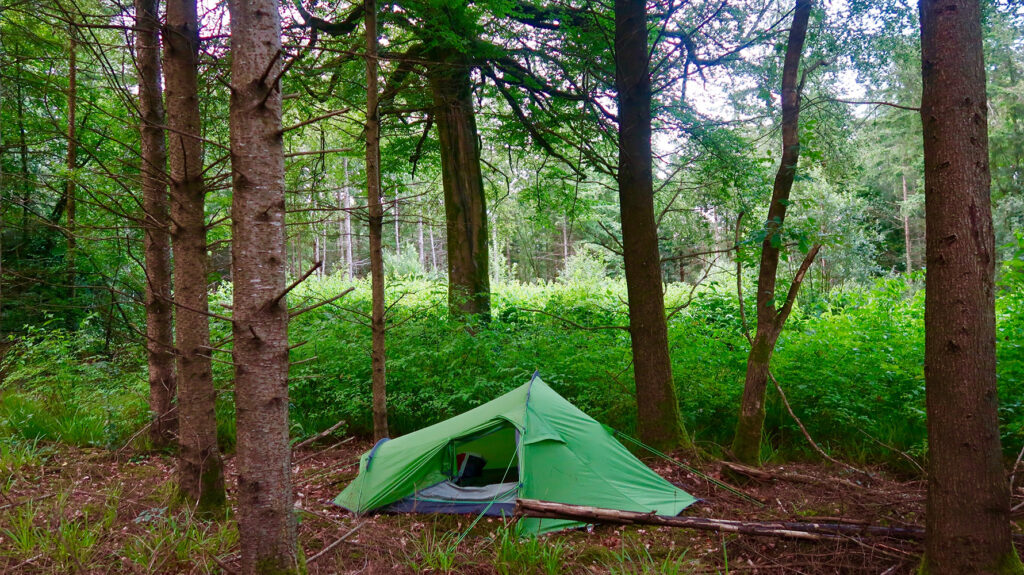
I can only think that midges take their holidays in County Wicklow. It’s not bad whilst hiking because they can’t keep up, but they swarm like crazy as soon as you stop for a few minutes. I made a big mistake one evening when I went wild camping in Wicklow with an open bivvy bag. Due to the number of midges, I was literally unable to cook or eat and even sit outside and resigned to pulling a sleeping bag over my head for the night.
Needless to say, midges inhabit every corner of Ireland!
Takeaway – Use a tent or closed bivvy when wild camping in areas known for midges, because without a zip/mesh lining, you will be exposed to midges. It’s also worth packing a long sleeve top and bottoms and a head-net to help keep them at bay.
Taking the Wrong Tent into the Dublin Mountains
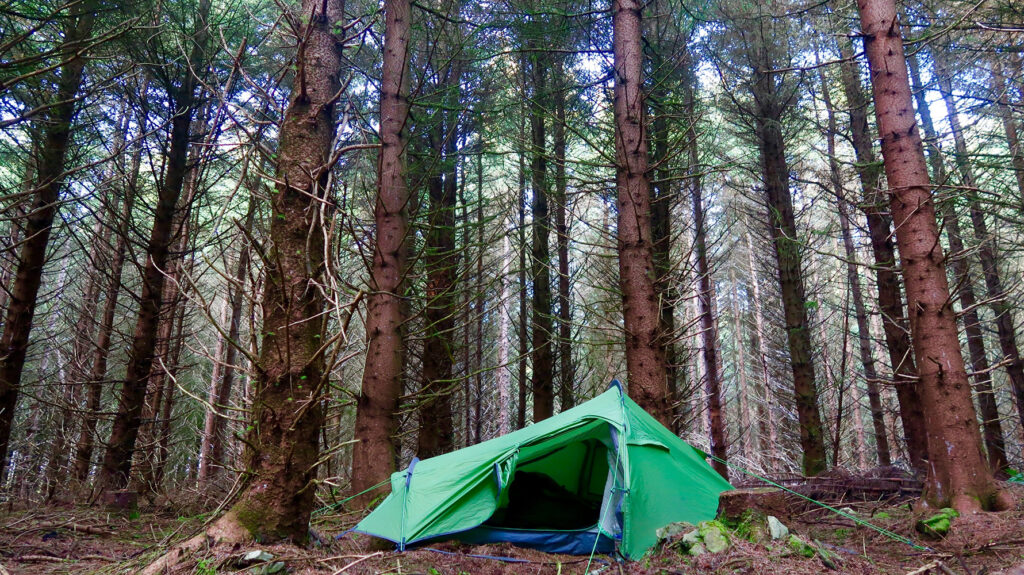
I’ve tried wild camping in Ireland with all of my tents. However, after an especially stormy night in the Dublin mountains, I’m a lot more careful about what tent I take with me. I found it hard to sleep because the tent really struggled with the rain and wind that night. I worried my tent might collapse due to the winds and the noise during this time was irritating to say the least.
That’s why you might have noticed I always use the same tent when wild camping in Ireland – the Vango Banshee Pro 200. I have several very expensive tents but the Banshee Pro is much better suited to the weather and conditions in Ireland. It features a strong build with a low centre of gravity and strikes a nice balance between durability and weight.
Takeaway – Choose a tent that can withstand the wind and rain. If I had the money, I might upgrade to the MSR Hubba Hubba NX but the Vango Banshee Pro has never let me down.
Picking the Wrong Wild Camping Spots

I’ve had my tent flooded in the past after pitching near the bottom of a hillside. I’ve also had sleepless nights after camping right out in the open or on top of a mountain summit.
It’s important to camp away from habitation and “out of sight” to avoid any unwanted attention. However, there’s lots more to consider in terms of picking a spot for your tent:
Camp on Flat, Soft and Dry Ground – Try to pick a flat area and preferably somewhere with soft grass or pine needles.
Avoid Dead or Precarious Looking Trees – Keep an eye out for dead trees and stay away from trees or overhead branches that might look unstable.
Camp Near a Water Supply – It’s always handy to have a water supply nearby for cooking, washing and drinking.
Camp with the Morning View in Mind – You will usually find a better view higher up but either way, never underestimate the power of a remarkable view. I will often look for somewhere to camp with the view from the tent door at the forefront of my mind. Remember, you’ll wake up to this view!
Camp in a Sheltered Area – You can often get away with camping out in the open but it’s also a risky option in blustery weather. Instead, camp in the forest or on the sheltered side of a hill.
Pitch Your Tent the Right Way Around – Unless you want to be sliding around all night, pitch the tent with your head facing uphill.
Takeaway – Common sense is usually enough but the above tips should help.
Over-Packing for the East Coast Trail in Newfoundland

It’s quite funny to think back about all the gear I carried on my first hiking trip. Hiking the East Coast Trail in Newfoundland was literally one painstaking step after the next. I just didn’t enjoy that hike because I packed far too much gear and ended up with deep bruising on both shoulders. In hindsight, I should have made every effort to not only choose as much lightweight gear as possible but also to cut back on the number of items in my backpack.
For this reason, I will often pack my backpack and then try to remove half of these same contents before leaving the house. It takes experience to realize that many items are not needed for wild camping in Ireland and most people pack far too much food in particular!
Takeaway – Try to practice a minimalist approach to wild camping and pay attention to the items which you carry often but never use.
Some Last Minute Tips for Wild Camping in Ireland

The truth is, you’ll learn a lot more about wild camping through first-hand experience but here’s a few last minute tips to keep in mind for your next trip:
Wait Until Dusk to Set Up Camp – It’s not a case of hiding or trying to sneak about the place. I suggest waiting until dusk so you can 1. Avoid the risk of being moved on and 2. Rest without mistaking every rustle outside for a witch or an evil axe-murderer.
Just Keep Moving – When searching for a place to camp, just keep moving until you find a place in which you feel comfortable. It always amazes me when I keep hiking that small bit further and find the absolute perfect camping spot that I might have missed by staying-put.
Focus on Keeping Everything Dry – I’m not a fan of plastic bags and recommend keeping dry bags inside your backpack. A backpack cover is also needed and the objective is to make sure your sleeping bag and spare clothing are not exposed to the elements while hiking.
Practice LNT Principles – Leave No Trace Principles are there to protect the environment but they also help others to be more approving toward the concept of wild camping which is something we should all try to encourage.
Final Thoughts
It’s common to feel a sense of fear when you go wild camping in Ireland for the first time. However, in time, you should find that most of these fears are quite irrational. What’s more, practice and experience will bring confidence and after a few nights sleeping in the wild, you will certainly enjoy this experience a lot more than when you got started.


